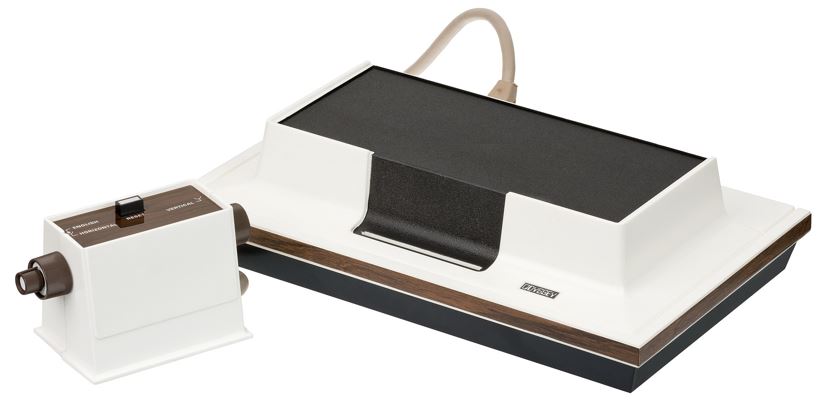Games, mostly computer or video games are interactive games enhanced by computer circuitry. Some of the devices that support these games are arcade consoles, video consoles connected to home television sets, handheld game machines, Xbox, laptops, mobile devices such as cellular phones, and server-based networks. Gaming devices provide a variety of interesting activities and ways for young people to engage with their friends and families. Visit tech trade reviews to learn more.

However, it is important to be aware of what these devices can do and how you can talk with your child to help them to use this technology safely and positively. All modern gaming devices offer parental controls to help you manage how your child uses their device, but these do need to be set up for them to be operational.
Here are some things you need to know about gaming devices.
Early Home Video Consoles
After computers and arcades, the third inspiration for early electronic games was television. Ralph Baer, a television engineer and manager at the military electronics firm of Sanders Associates (later integrated into BAE Systems), began in the late 1960s to develop technology and design games that could be played on television sets. In 1966 Baer designed circuitry to display and control moving dots on a television screen, leading to a simple chase game that he called Fox and Hounds.
With this success in hand, Baer secured permission and funding from Sanders management to assemble a small group, the TV Game Project. Within a year several promising game designs had been demonstrated, and Baer’s group experimented with ways of delivering games to households by means such as cable television. In 1968 they completed the Brown Box, a solid-state prototype for a video game console like a modern refurbished Xbox one.
Three years later Baer was granted a U.S. patent for a “television gaming apparatus.” Magnavox acquired the rights soon thereafter, leading in 1972 to the production of the first home video console, the Magnavox Odyssey.
The Fairchild Channel F, released in 1976, and the Atari 2600 VCS (Video Computer System), released in 1977, led a new generation of consoles that used programmable ROM cartridges for distribution and storage of game software. These systems were programmable in the sense that different game cartridges could be inserted into special slots—a technical step that encouraged the separation of game development from hardware design.
Activision, founded in 1979 by former Atari game designers David Crane and Alan Miller and entertainment executive Jim Levy, was the first company exclusively focused on game software. By 1983, however, the flood of game titles for the leading home consoles had led to a consumer backlash against the unpredictable quality of these games and a sharp decline in the home console industry.
Interactive Fiction
Games developed for the first arcade and home consoles emphasized simplicity and action. This was partly out of necessity, because of the limitations of rudimentary display technologies, microprocessors, and other components and the limited memory available for programs.
These traits also suited the goal of creating arcade games that would quickly swallow as many coins as possible. Still, while the designs of games such as Atari’s Breakout (1976) and Taito’s Space Invaders (1978) were elegantly streamlined, these arcade hits generally offered little in terms of strategic depth, narrative, or simulation value. By the end of the 1970s, however, several computer games seemed to offer different design possibilities from what could be achieved on home or arcade consoles.
These games often relied on text, networking, or other capabilities available on computers in the academic laboratories where many of them were designed. Your refurbished gaming laptops the UK will also serve this purpose as expected

